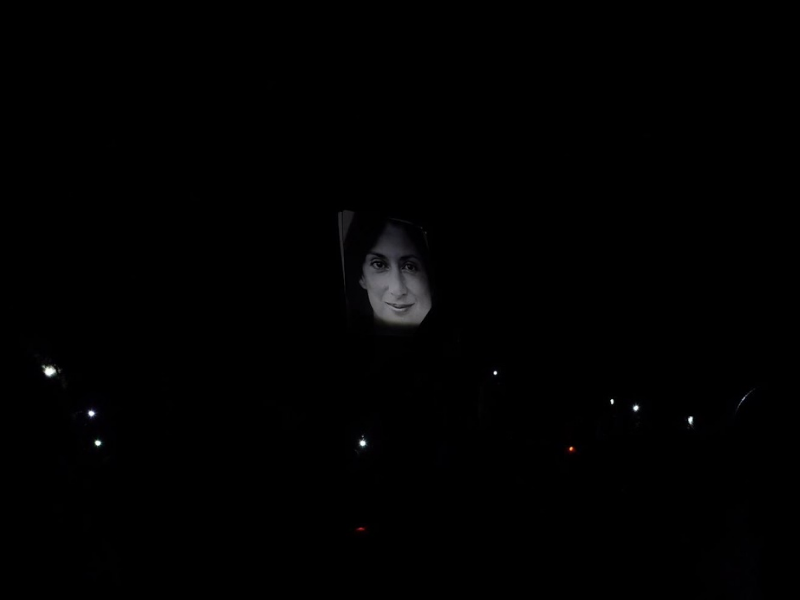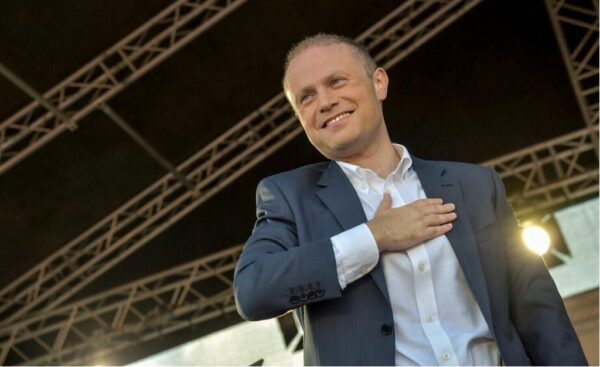On Sunday morning, residents of Senglea and Cospicua braved the rain and gathered in a street rally. They demonstrated against the proposal by the American University of Malta to swallow up existing open spaces in their towns, by constructing new dormitory and administration blocks. The final decision is set to be taken in November by the Planning Authority.
The language used at this protest shows that heritage is not just about conservation, or about buildings ‘being restored to their former glory’ as the tedious cliché goes. Heritage is not intrinsically glorious.
The protestors instead focused on their sense of community, of identity and shared cultural meanings. They gathered in the streets to defend this. These things matter to people, fundamentally. They are also part of heritage – intangible but real, with intrinsic value.
Heritage is often endorsed for its instrumental value, that is, for the way that it is used as a means to achieve something else, which is often an economic purpose. It could be used to promote tourism, jobs or foreign investment. This is an important way of valuing heritage too, but on Sunday it came across as a secondary concern. It is clear that these economic arguments no longer wash on this project.
Such reasons did persuade some people at first. The 2015 social impact assessment had concluded that residents were in favour of the university. They believed that it would increase job opportunities for residents of the area, and “have a spill-over positive economic effect on business ventures and even renting prospects”.
In another social impact study of 2017, the Regatta Club president even hoped that the presence of a university might “stimulate the interest of youths to continue furthering their education.” The mayor of the time is cited as saying that the regeneration of Dock No. 1 contributes to “the rebirth of Cospicua”.
On the ground, a significant consequence of this project is that the residents of the area have been excluded from two major public buildings along a prominent stretch along the Cospicua waterside – the old British dockyard building and the ‘Knights Building’ beside it.
To rub salt into this open wound, if approved the new construction will take up and exclude residents from precious open spaces in this historic area. Considering the limited number of students being catered for, this is a bad deal for residents.
Should we believe that this is likely to change? Not if you listen to Education Minister Evarist Bartolo. He recently said in parliament that he is “not satisfied” with the AUM and its “bombastic” talk of attracting thousands of students. He declared that his experience had made him “allergic to those who come here and declare they will bring several thousands”. He also admitted that founding a university “is not like opening a garage”.
Once again the government is only realising with hindsight what many people could easily spot from the beginning. The opposition to this project was huge from the outset. It was manifest in large street protests in 2015, and in a stream of media articles, opinions, petitions, and more.
Leaving all other matters aside, the main environmental point of contention then was the unacceptable giving away of land outside the development zones, for the building of a new AUM campus at Zonqor.
The rehabilitation of delapidated old and historic buildings at Cospicua for educational uses was not so contentious. Here the argument was that the area was to be regenerated for the benefit of residents and the surrounding areas.
The government now insists that the new campus at Zonqor will not be constructed until a target number of students is reached. This may never happen, at this rate. But neither is it acceptable for the AUM to expand and take over open spaces in Cospicua. It already occupies two large historic buildings there.
With some imagination, these buildings could have been given back to the community. Beside the usual restaurants or shops, many other possibilities could have been explored. The president of the Archaeological Society Malta, Patricia Camilleri, who studied the Cottonera area for her doctoral thesis, commented to me that at least part of those two buildings, “could have been given over to local enterprise, at least on the lower floors. Those spaces could have accommodated studios for the many local artisans – boat builders, carvers, master carpenters, silversmiths, and artists who work in Cospicua and its environs.”
“Such enterprises could have contributed to the economic growth of the city whilst showcasing its fascinating past, its heritage and its place within the wider context of Maltese and Mediterranean history,” she said.
Minister Konrad Mizzi must have heard that Sunday’s protest would be about open spaces. He promptly aired an absurd short film on social media. His video clip presented a series of imaginary views of a place that could have been Disneyland. It certainly was not Senglea, although it said it was. The people want open spaces, he thought. Quick, let’s give them a nice film to look at, and distract them from reality.
Actually, the underlying discourse at the protest went well beyond physical open spaces. The residents called for resistance against ‘an invasion from Jordan’. They raised the spectre of colonial days when the Maltese public was excluded from certain areas by the British. They went further, with the cry that Senglea is known as ‘Citta Invicta’, and that its ‘bastion walls are soaked with the blood of their ancestors’.
The residents have called their group ‘Tuna Artna Lura’ (give us back our land). Besides open areas, this protest was about a community that does not want to be displaced from their homes and familiar spaces by outsiders. It was about a sense of exclusion.












